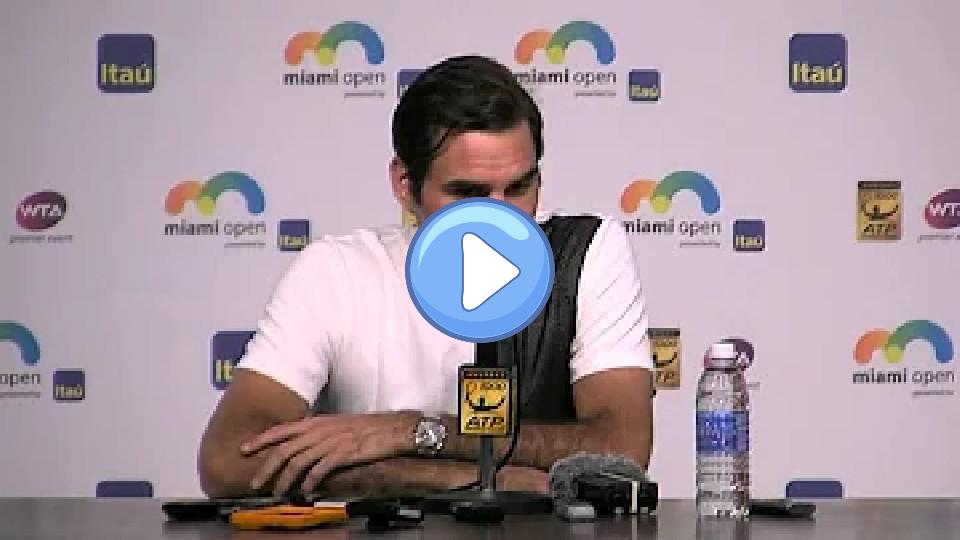Roger Federer's Sports Injuries
Type of Sport: Tennis
Roger Federer's Sports Injuries Table
| Type | Area | Date | Consequences | Content | How It Happened | Recovery Duration | Rehabilitation Details | Impact On Career | Psychological Impact | Previous Injuries | Return To Competition | Severity | Treatment | Medical Staff | Long Term Impact | Preventive Measures | Competition Missed | Initial Symptoms | Re Injury Risk | Support System | Rehabilitation Location |
|---|---|---|---|---|---|---|---|---|---|---|---|---|---|---|---|---|---|---|---|---|---|
| Back Injuries | Lower back | 2013-06-30 | Affected his performance and resulted in an early exit from the tournament. | Federer's back injury during the German Open significantly impacted his performance, leading to an unexpected defeat. | Roger Federer experienced back pain during a match at the German Open. | 2 months | Physical therapy and rest were prescribed. | Led to a drop in rankings and questions about his longevity in the sport. | Caused concern about his ability to compete at the highest level. | None reported in this area before 2013. | Returned to competition in September 2013. | Moderate | Physical therapy, anti-inflammatory medication, and rest. | Federer's personal medical team and tournament doctors. | Periodically experienced back pain in future tournaments. | Strengthening exercises and better ergonomics. | Missed several tournaments in the summer of 2013. | Stiffness and pain in the lower back. | Moderate | Family, coach, and medical team. | Switzerland |
| Back Injuries | Lower back | 2014-11-07 | Forced to withdraw from the final match. | Federer's recurring back issues flared up during the ATP World Tour Finals, affecting his ability to compete. | Experienced back spasms during the ATP World Tour Finals. | 1 month | Physical therapy and rest. | Missed the opportunity to compete in the finals. | Frustration and concern about recurring injuries. | Previous back injury in 2013. | Returned in December 2014. | Moderate | Physical therapy and medication. | Tournament medical team and personal doctors. | Ongoing management of back health. | Regular physical therapy and back exercises. | ATP World Tour Finals final match. | Back spasms and acute pain. | Moderate | Family, coach, and medical team. | UK and Switzerland |
| Knee Injuries | Left knee | 2016-02-02 | Required surgery and led to a significant break from tennis. | Federer's knee injury in 2016 was a turning point, causing him to miss several key tournaments. | Slipped while running a bath for his children. | 6 months | Surgery followed by extensive physical therapy. | Missed the Rio Olympics and the US Open. | Raised doubts about his future in tennis. | None significant in this area before 2016. | Returned in January 2017. | Severe | Arthroscopic surgery and rehabilitation. | Swiss specialist and personal medical team. | Ongoing management required. | Strengthening and conditioning exercises. | Rio Olympics, US Open, and several other tournaments in 2016. | Swelling and pain in the knee. | High | Family, coach, and medical team. | Switzerland |
| Knee Injuries | Right knee | 2020-01-29 | Required surgery and a lengthy recovery period. | Federer's right knee injury in 2020 led to surgery and a significant break from the sport. | Injured during the 2020 Australian Open. | 12 months | Surgery followed by extensive physical therapy. | Missed the entire 2020 season. | Serious concerns about the future of his career. | Previous left knee injury in 2016. | Returned in March 2021. | Severe | Surgery and rehabilitation. | Swiss specialist and personal medical team. | Ongoing knee management required. | Strengthening and conditioning exercises. | Entire 2020 season. | Pain and swelling in the knee. | High | Family, coach, and medical team. | Switzerland |
| Strains | Right groin | 2017-03-11 | Played through pain but was visibly affected. | Federer's groin strain in 2017 was a minor setback in an otherwise successful year. | Occurred during a match at the Indian Wells tournament. | 2 weeks | Rest, ice, and physical therapy. | Minimal impact on overall performance. | Mild concern about fitness. | None significant in this area before 2017. | Returned in April 2017. | Mild | Rest, ice, and physical therapy. | Tournament medical team and personal physiotherapist. | No significant long-term effects. | Warm-up exercises and stretching. | None | Pain and tightness in the groin area. | Low | Family, coach, and medical team. | USA and Switzerland |
| Wrist Injuries | Right wrist | 2005-01-14 | Played the tournament with discomfort. | Federer's wrist injury in 2005 did not prevent him from competing, but it did affect his performance. | Injured during practice ahead of the Australian Open. | 1 month | Rest and physical therapy. | Minimal, continued to compete but with some discomfort. | Concern about playing through pain. | None significant in this area before 2005. | Continued to compete in the Australian Open. | Mild | Rest and physical therapy. | Australian Open medical team and personal physiotherapist. | No significant long-term effects. | Strengthening and conditioning exercises. | None | Pain and swelling in the wrist. | Low | Family, coach, and medical team. | Australia |
Roger Federer's Sports Injuries Videos
Roger Federer falls in an emotional semifinal match against Milos Raonic
This is one of the most emotional moments that makes the entire audience in the court feel sad for Roger Federer.
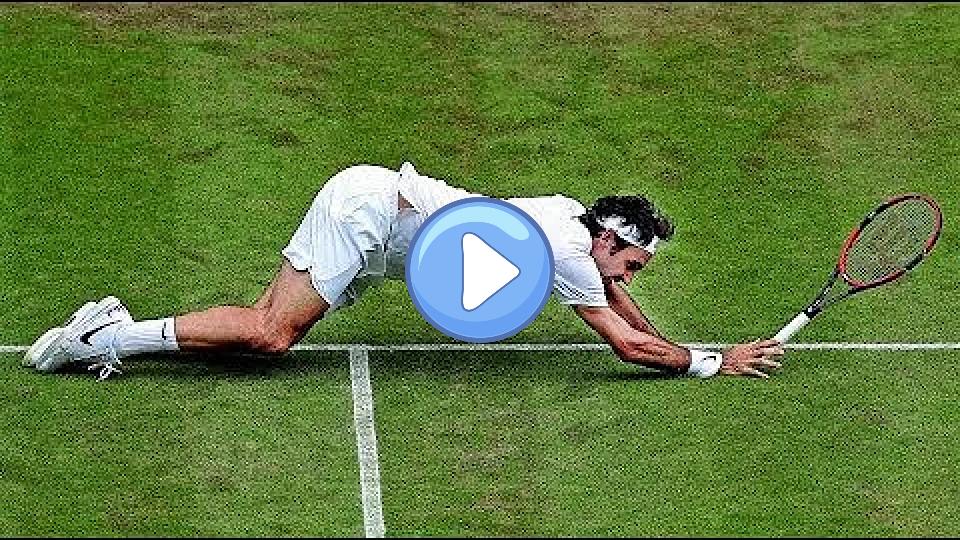
Roger Federer asks, "Are you okay?" to the injured boy.
Roger helps a kid who got injured when the barricade came tumbling down during the autograph signing.
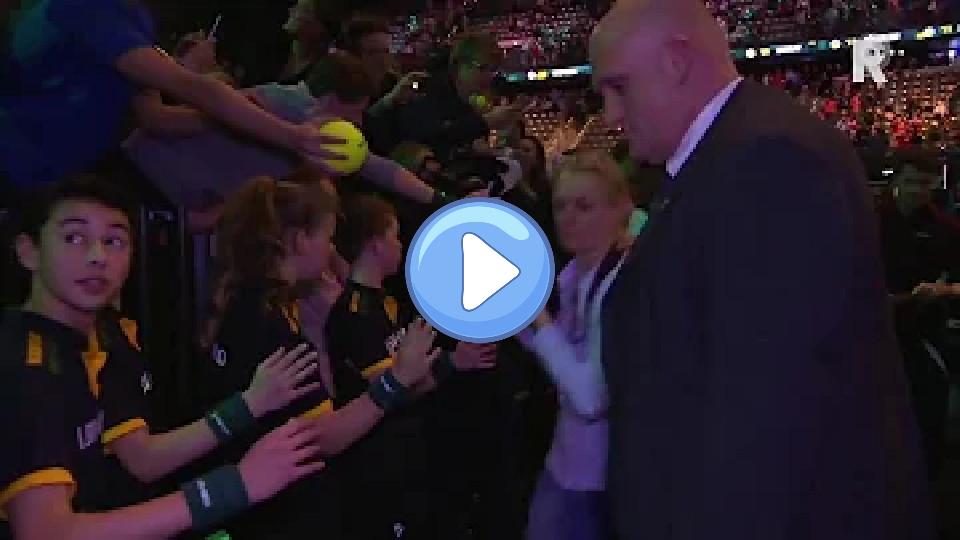
When Tennis Players Fall: Painful Moments
The video appears to capture a tennis match where several players experience slips and falls on the clay court, resulting in injuries. Notably, Federer loses his footing during a serve, yet manages to keep playing, while another player, Mahu, crashes into advertising boards and seems visibly distressed. Murray also suffers a fall, landing on his back and clutching his ankle in pain. The commentary highlights the challenges posed by the clay surface, which can cause players to lose traction.
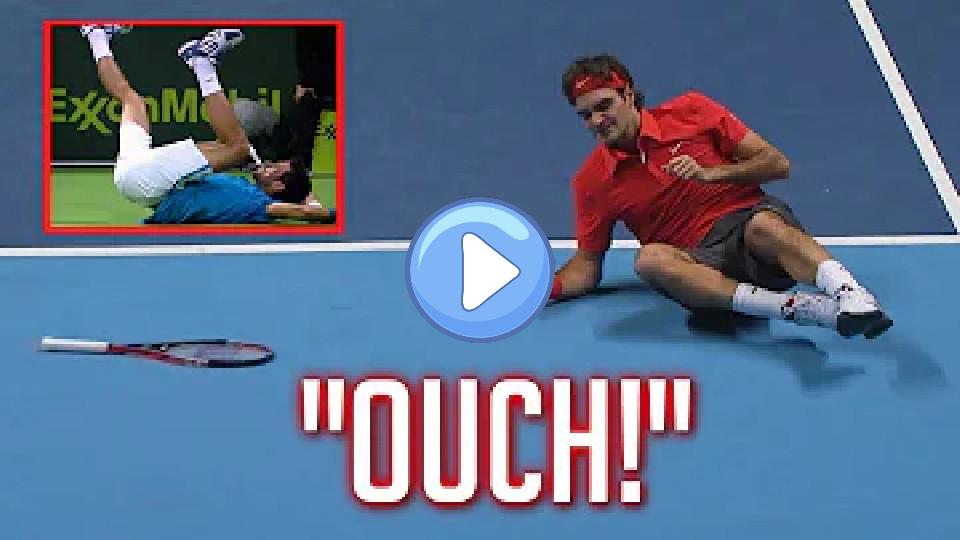
The Day Roger Federer Refused to Give Up Despite Injury
TURN ON NOTIFICATIONS TO NEVER MISS AN UPLOAD! ➤ Subscribe here → https://bit.ly/2uS1UrS ➤ My Twitter...
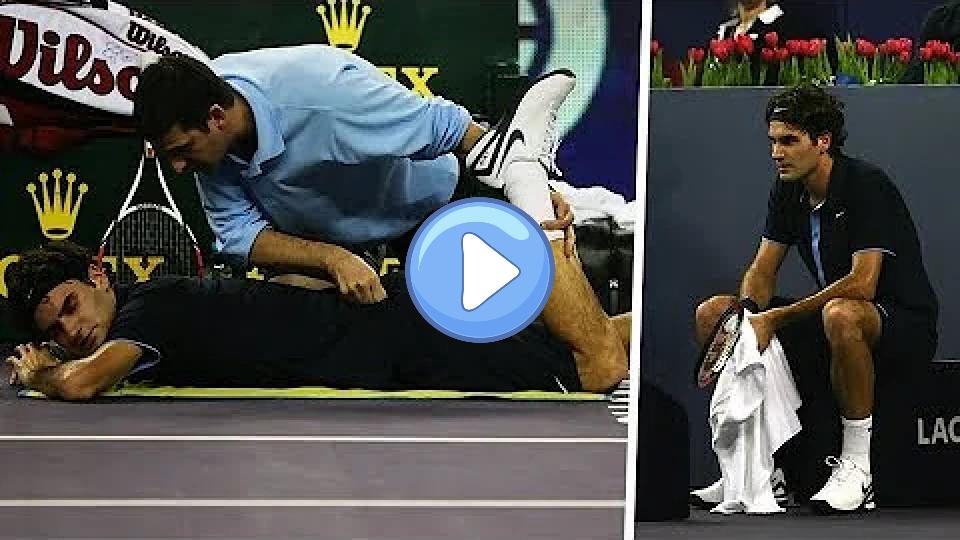
My Story: When Federer Realized His Knee Might Never Be the Same
Roger Federer reflects on his 2016 knee injury, which began after losing to Novak Djokovic in the Australian Open semifinals. Initially thinking it was minor, an MRI in Switzerland revealed a broken meniscus, leading to his first surgery. The emotional experience left him uncertain about his knee's future. Despite starting rehab promptly, his knee and back issues persisted, causing him to withdraw from the French Open. Deciding to take time off, Federer focused on recovery and practice, returning in 2017 to win the Australian Open against Rafael Nadal in a memorable comeback, marking one of the most special moments in his career.
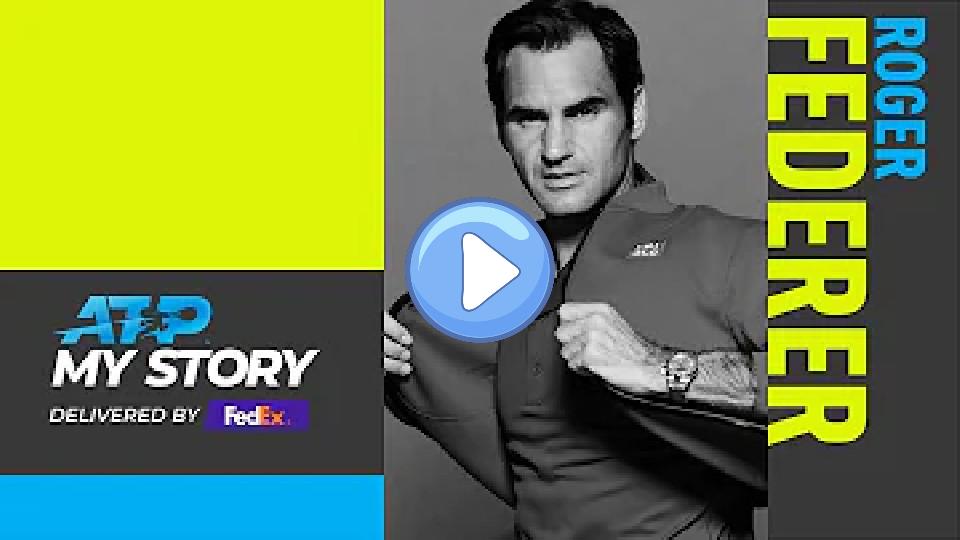
Roger Federer - Defeating Novak Djokovic
Roger Federer's skill in deceiving and wrongfooting opponents is remarkable. He often plays shots across the front, forcing opponents to anticipate his moves. During a match, he managed a shot just out of reach for his opponent, demonstrating his strategic play. Despite a potentially dangerous fall, Federer maintained his composure. His ability to stay calm and strategic under pressure showcases his exceptional talent on the court.

Federer accidentally gets hit by Bencic - Mastercard Hopman Cup 2017.
In this doubles match, teammate Belinda Bencic accidentally hit Roger Federer.
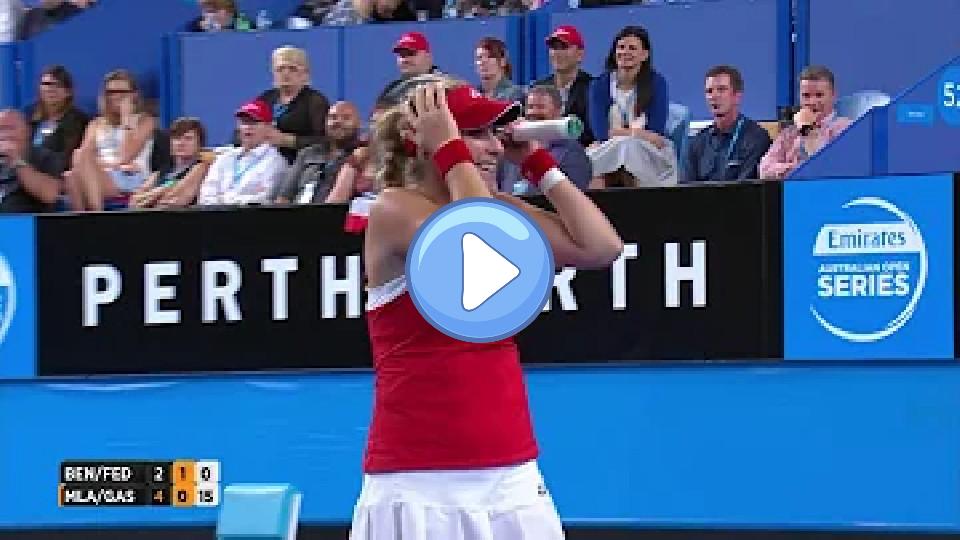
FEDERER REVEALS BIZARRE CAUSE OF INJURY
FEDERER REVEALS BIZARRE CAUSE OF INJURY All Roger Federer wanted to do was run a bath for his young daughters.
